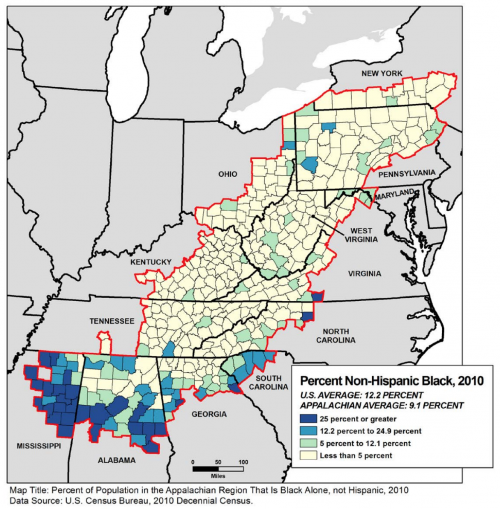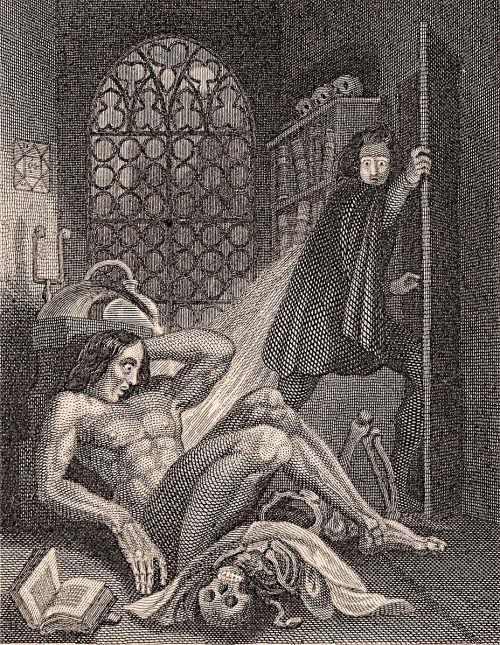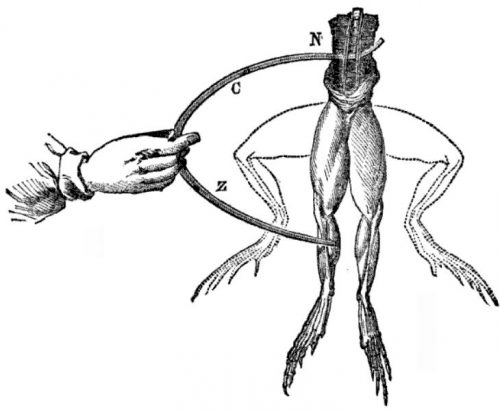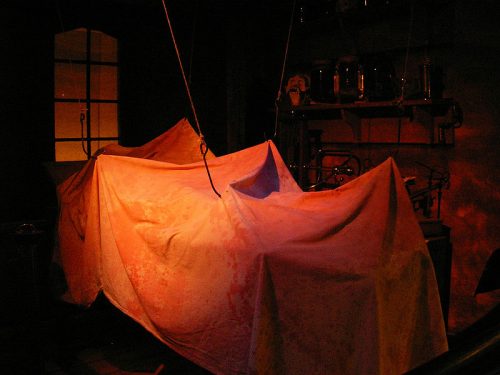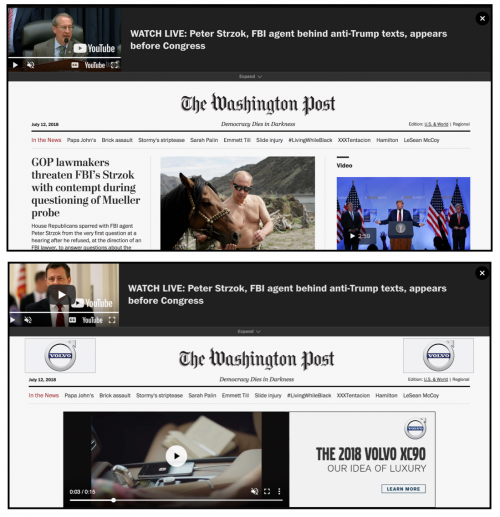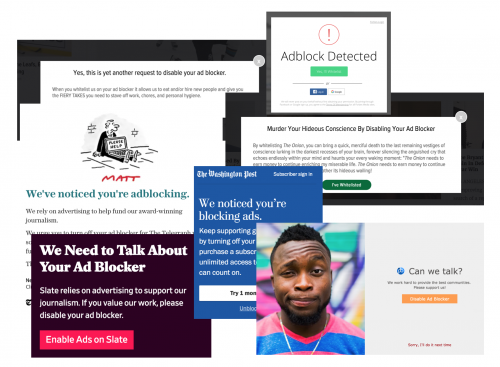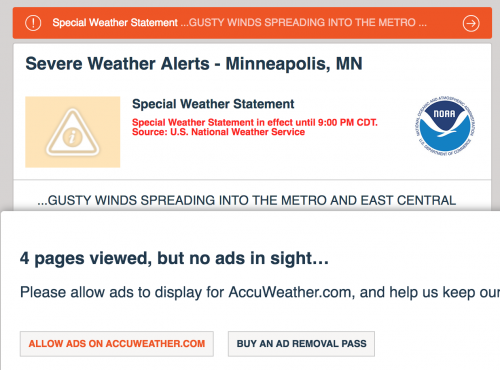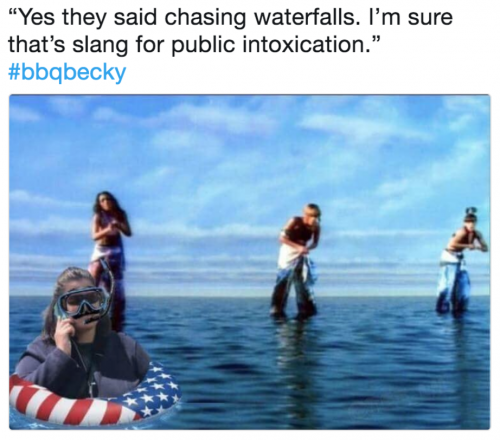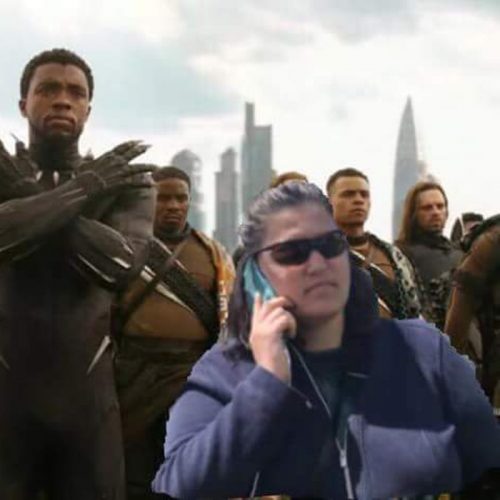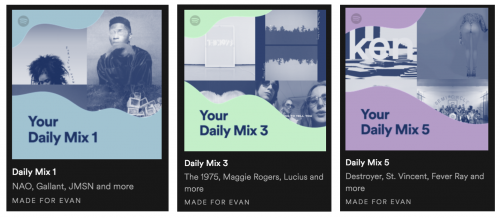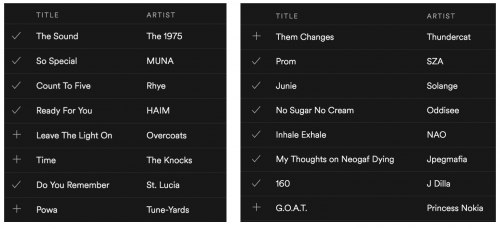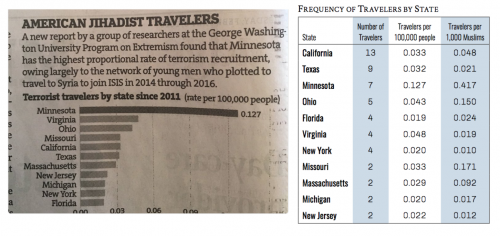On January 31, The New York Times responded to a letter from Kimberly Probolus, an American Studies PhD candidate, with a commitment to publish gender parity in their letters to the editor (on a weekly basis) in 2019. This policy comes in the wake of many efforts to change the overwhelming overrepresentation of men in the position of “expert” in the media, from the Op-Ed project to womenalsoknowstuff.com (now with a sociology spinoff!) to #citeblackwomen.
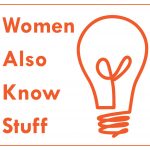
The classic sociology article “Doing Gender,” explains that we repeatedly accomplish gender through consistent, patterned interactions. According to the popular press and imagination — such as Rebecca Solnit’s essay, Men Explain Things to Me — one of these patterns includes men stepping into the role of expert. Within the social sciences, there is research on how gender as a performance can explain gender disparities in knowledge-producing spaces.
Women are less likely to volunteer expertise in a variety of spaces, and researchers often explain this finding as a result of self-esteem or confidence. Julia Bear and Benjamin Collier find that, in 2008 for example, only 13% of contributors to Wikipedia were women. Two reasons cited for this gender disparity were a lack of confidence in their expertise and a discomfort with editing (which involves conflict). Likewise, studies of classroom participation have consistently found that men are more likely than women to talk in class — an unsurprising finding considering that classroom participation studies show that students with higher confidence are more likely to participate. Within academia, research shows that men are much more likely to cite themselves as experts within their own work.
This behavior may continue because both men and women are sanctioned for behavior that falls outside of gender performances. In research on salary negotiation, researchers found that women can face a backlash when they ask for raises because self-promotion goes against female gender norms. Men, on the other hand, may be sanctioned for being too self-effacing.
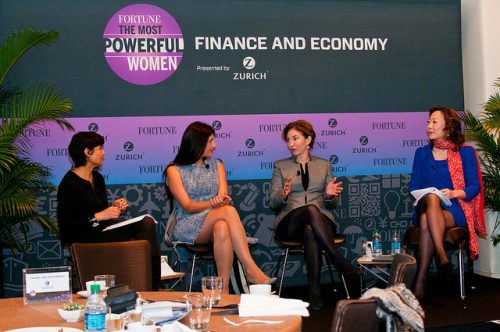
Knowledge exchange on the Internet may make the sanctions for women in expert roles more plentiful. As demonstrated by the experiences of female journalists, video game enthusiasts, and women in general online, being active on the Internet carries intense risk of exposure to trolling, harassment, abuse, and misogyny. The social science research on online misogyny is also recent and plentiful.
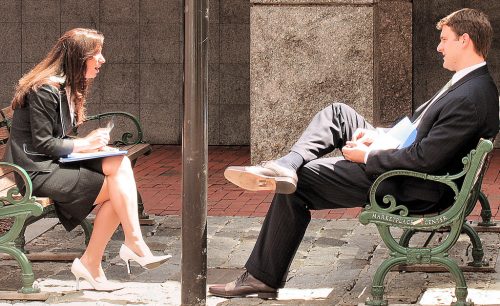
Social media can also be a place to amplify the expertise of women or to respond to particularly egregious examples of mansplaining. And institutions like higher education and the media can continue to intervene to disrupt the social expectation that an expert is always a man. Check out the “Overlooked” obituary project for previously underappreciated scientists and thinkers, including the great sociologist Ida B. Wells.
For more on gendered confidence in specific areas, such as STEM, see more research on Gendering Intelligence.
- Julia B. Bear and Benjamin Collier. 2016. “Where Are the Women in Wikipedia? Understanding the Different Psychological Experiences of Men and Women in Wikipedia.” Sex Roles 74(5–6): 254–65.
- Kelly A. Rocca. 2010. “Student Participation in the College Classroom: An Extended Multidisciplinary Literature Review.” Communication Education 59(2): 185–213.
- Molly M. King, Carl T. Bergstrom, Shelley J. Correll, Jennifer Jacquet, and Jevin D. West. 2017. “Men Set Their Own Cites High: Gender and Self-citation across Fields and over Time” Socius 3: 1-22.
- Linda Babcock, Sara Laschever, Michelle Gelfand, and Deborah Small. 2003. “Nice Girls Don’t Ask.” Harvard Business Review October: 2–5.
- Corinne A. Moss-Racusin, Julie E. Phelan, and Laurie A. Rudman. 2010. “When Men Break the Gender Rules: Status Incongruity and Backlash against Modest Men.” Psychology of Men & Masculinity 11(2): 140–51.
- Mairead Eastin Moloney and Tony P. Love. 2018. “Assessing Online Misogyny: Perspectives from Sociology and Feminist Media Studies.” Sociology Compass 12(5).
- Nicola Henry and Anastasia Powell. 2018. “Technology-Facilitated Sexual Violence: A Literature Review of Empirical Research.” Trauma, Violence & Abuse 19(2): 195-208.
Originally Posted at There’s Research On That
Jean Marie Maier is a graduate student in sociology at the University of Minnesota. She completed the Cultural Studies of Sport in Education MA program at the University of California, Berkeley, and looks forward to continuing research on the intersections of education, gender, and sport. Jean Marie has also worked as a Fulbright English Teaching Assistant in Gumi, South Korea and as a research intern at the American Association of University Women. She holds a BA in Political Science from Davidson College.



